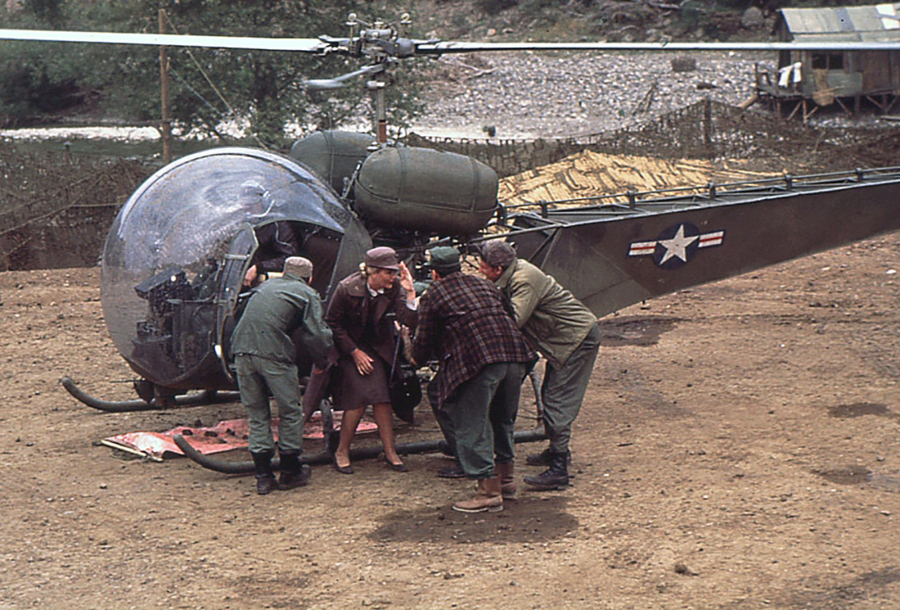The doctor is in. And it’s a good thing for TV. Ever since the blurry black-and-white tube invaded homes, the medical show has been the palliative that audiences seem to need. From the clean-cut Dr. Kildare to the acerbic Dr. House, the medicine man has been diagnosing TV drama.
Its earliest renderings included “Marcus Welby, M.D.” who was the kind of doctor you wish you had. Played by movie actor Robert Young, Dr. Welby would actually listen to his patients and with empathy and do his best to cure them.
“Dr. Kildare” was a young intern transposed from radio and two movies, and featured Richard Chamberlain as the earnest Kildare working under the guidance of his august superior.
“Quincy, M.E.,” became the first crime scene investigator to prowl the airwaves — a show that gave birth to all the “CSI’s” that followed. There was “Dr. Quinn, Medicine Woman,” who saw Jane Seymour tending the ill on the postbellum frontier. Chad Everett was the comely young surgeon working under the sometimes combative eye of his mentor in “Medical Center.”
“St. Elsewhere” not only featured some of the best writing on TV, it introduced Denzel Washington and Mark Harmon as young physicians toiling at a Boston hospital that had seen better days. And, of course, “M*A*S*H” followed the book and Robert Altman’s brilliant film with Alan Alda as Hawkeye and Wayne Rogers as Trapper John. The series was set near the firing lines of the Korean War. And while it was a comedy, it did not obscure the horrors encountered in an Army field hospital.
“Chicago Hope” was writer David E. Kelley’s contribution to the healing world with a sizzling ensemble cast including Mandy Patinkin, Christine Lahti, Adam Arkin and Rocky Carroll. “Doogie Howser, M.D.” boasted a 16-year-old genius as a second-year resident surgeon in an L.A. hospital. And, of course, the biggie, “ER,” which not only ushered in seemingly realistic emergency room care, but introduced George Clooney as the ER pediatrician who raised the temperature of fans. The show was so successful that it enjoyed life-support for 15 seasons and made Clooney a star.
“Grey’s Anatomy” seems to have found the secret to immortality with its 19th season beginning this year. Ellen Pompeo plays the chief of general surgery at a Seattle hospital who copes with the exigencies of the job and her personal life. “Private Practice” marked a spinoff of “Grey’s Anatomy” and survived for six seasons.
But by and far the most popular medic on the tube has been the renegade — the one who breaks the rules in order to mend them. That started with “Ben Casey,” who was so unorthodox that he wore his hospital tunic unbuttoned and talked back to his superiors. Twenty-eight years after his service on the war front, “Trapper John, M.D.” (this time Pernell Roberts) found himself at a San Francisco hospital challenging authority while he succored his patients.
Hugh Laurie, as the pill-popping physician on “House,” not only bucked the rules, he ignored them. And Matt Czuchry as the cocky resident on Fox’s “The Resident,” will release its season five finale May 17.
If TV has stumbled on the prescription to successful drama, viewers have no trouble picking it up at the flat-screen pharmacy. Among those hanging up their shingles on the streamers are “Scrubs,” “The Surgeon,” “Code Black,” “The Healer,” “House,” “Night Watch,” “Body of Proof,” “The Knick,” “Emergency” and “Saving Hope.”



